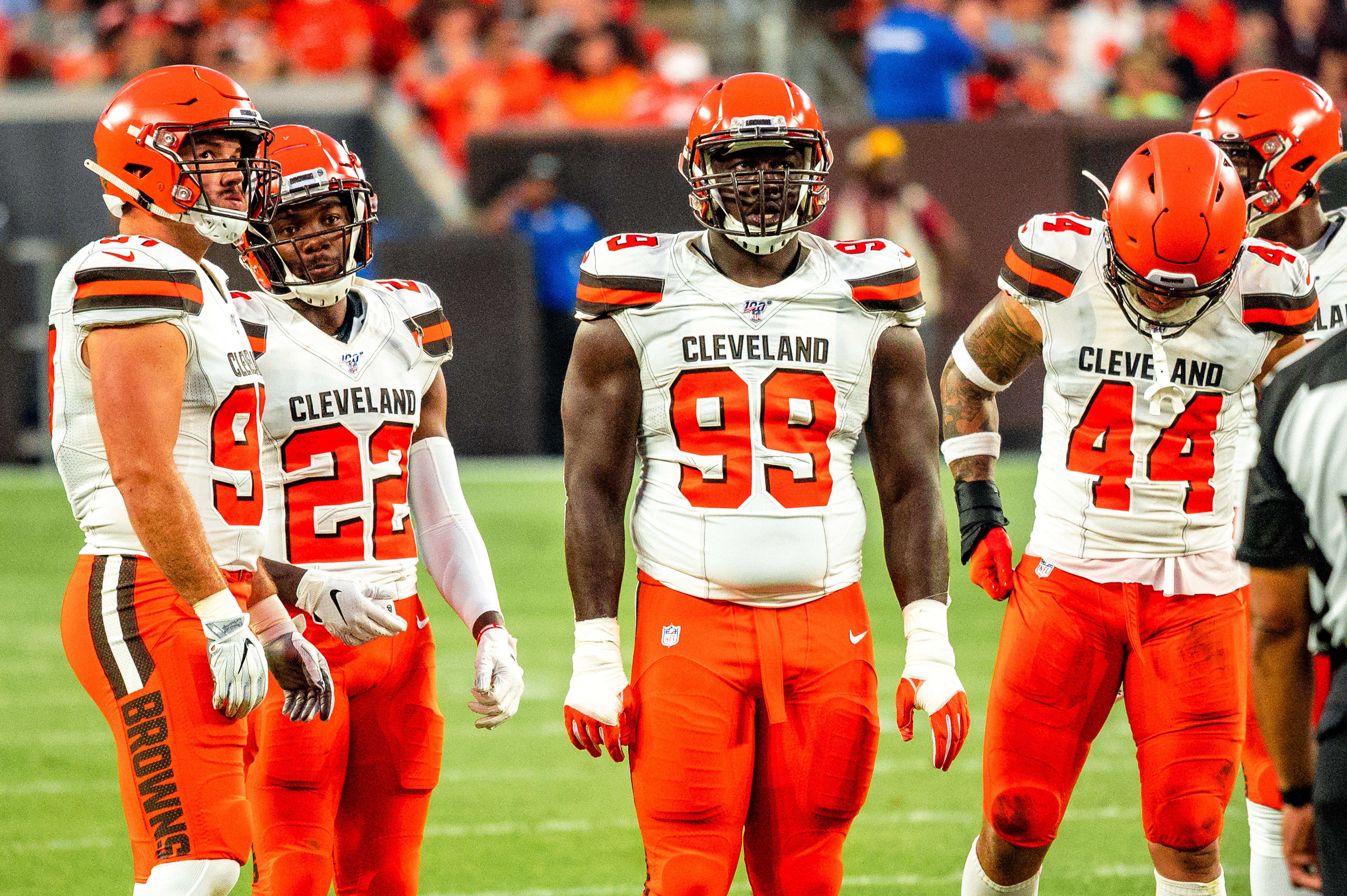The Browns is the Browns: How Kevin Stefanski Changed the Culture in Cleveland

“The Browns is the Browns” stated Pittsburgh Steelers wide receiver JuJu Smith-Schuster, prior to his team’s matchup with the Cleveland Browns in the AFC Wildcard round1. It was a clear, derogatory shot at the Browns organization — one that has been synonymous with losing since returning to Cleveland in 1999.
However, times have changed. After a 48-37 beatdown of their “big brother” Steelers, it is clear that this is not your Browns of yesteryear. The culture has shifted in Cleveland — and it all starts with leadership of first-year Head Coach Kevin Stefanski.
How leaders affect culture
Organizational cultures can be both built or left to chance. Leaders play a key role in establishing and maintaining organizational culture. They influence culture through their strategies, practices, values, leadership style and example2.
Simply put, the culture within an organizational is often a direct reflection of their leader(s). Leaders who are intentional about building culture and take specific culture-building actions are more likely to see many payoffs and advantages throughout the organization. On the other side, leaders who ignore the importance of culture do so at high cost3.
Kevin Stefanski’s leadership
In his introductory press conference, Head Coach Kevin Stefanski emphasized the need for the Browns to establish a shared vision, accountability and authentic leadership within the locker room. On building culture4:
“We will be methodical about it. We will not skip step Nos. 2 and 3 to get to 4. We're gonna start on the foundation and then we're gonna reinforce that foundation so we can build upon it… We'll be diligent about with working with our players so they can develop into the best versions of themselves. And ultimately we're building a foundation for what we hope is a championship effort. We'll have a culture of accountability.” – Kevin Stefanski
Throughout the offseason, his actions clearly backed his words. Stefanksi initiated a 4 Hs exercise, taken from VCU’s Men’s basketball team5, to strengthen trust amongst his players. He sought out buy-in from his players — involving them in all steps of the culture-building process from vision and values to communication. Overall, he’s provided a steady, authentic and transparent presence to the team.
This style of leadership was a stark contrast from the 2019 Browns, led by Freddie Kitchens. Kitchens was known for his lack of discipline and accountability as head coach of the team. He often lacked transparency and never truly established trust with his players.
The table below3 details the difference between high performance and low performance cultures. If you’re familiar with the Browns, this table may also read as “Kevin Stefanski v. Freddie Kitchens.”
| High Performance Cultures | Low Performance Cultures |
|---|---|
| Leaders are skilled, admired and build organizations that excel at results and at taking excellent care of their people and their customers | Leaders provide minimal leadership, are not trusted and admired, and do little to engage and involve their people |
| Clear and compelling vision, mission, goals and strategy | Vision, mission, goals and strategy are unclear, not compelling, not used, or do not exist |
| Core values drive the culture and are used in decision making | Core values are unclear, not compelling, not used, or do not exist |
| Committed to excellence, ethics and doing things right | Lack of commitment to excellence, questionable ethics, and a reputation for doing what is expedient rather than what is right |
| Clear roles, responsibilities, and success criteria, and strong commitment to engaging, empowering, and developing people | Unclear roles and responsibilities and little interest in fully utilizing and developing the capabilities and potential of people |
| Positive, can-do work environment | Negative, tense, stressful, and/or resistant work environment |
| Open, candid, straightforward and transparent communication | Guarded communication, reluctance to be open and straightforward, and consequences for saying things leaders do not want to hear |
| Teamwork, collaboration and involvement are the norm | Top-down decision making with minimal teamwork, collaboration and involvement |
| Emphasis on constant improvement and state-of-the-art knowledge and practices | Slow to make needed improvements and behind times in knowledge and practices |
| Willingness to change, adapt, learn from successes and mistakes, take reasonable risk, and try new things | Poorly planned change, resistance to change, minimal learning from successes and mistakes, and either risk averse or risk foolish |
Source: Adapted from Warrick (2016)6
Leaders can change an organization’s culture if they do so with focus and purpose. After just one year in Cleveland, it is clear that Kevin Stefanski is building something special.
Guidelines for Building and Maintaining Culture in Your Organization3
- Make strategy and culture important leadership priorities
- Develop a clear understanding of the present culture
- Identify, communicate, educate and engage employees in the cultural ideals
- Role model desired behaviors
- Recruit and develop for culture
- Align for consistency between strategy and culture
- Recognize and reward desired behaviors and practices
- Use symbols, ceremonies, socialization and stories to reinforce culture
- Appoint a culture team
- Monitor and manage the culture
“The Browns is the Browns” is not necessarily true any longer. And many leaders would be wise to follow Stefanski’s example in a true transformation of an organization.
Image Credit: Erik Drost
References:
Steelers' Juju Smith-Schuster stands by 'the Browns is the Browns' comment after wild-card loss
Strong leaders, strong cultures: Global management lessons from Toyota and Hyundai
What leaders need to know about organizational culture
Kevin Stefanski stresses "leadership' in Browns into
Kevin Stefanski borrows team - building idea from VCU basketball to strengthen Browns' bond
Warrick, D. D. (2016). Leadership: A high impact approach.